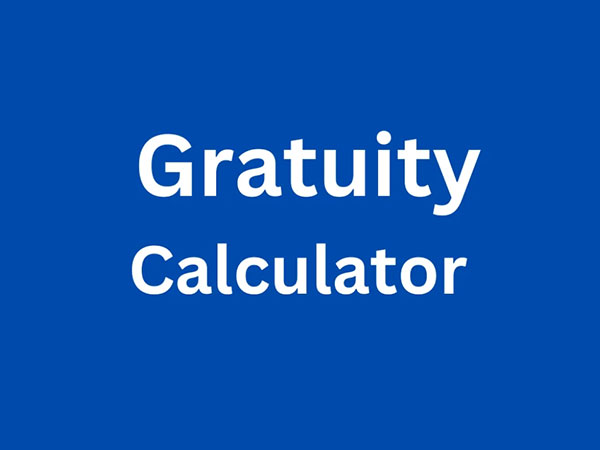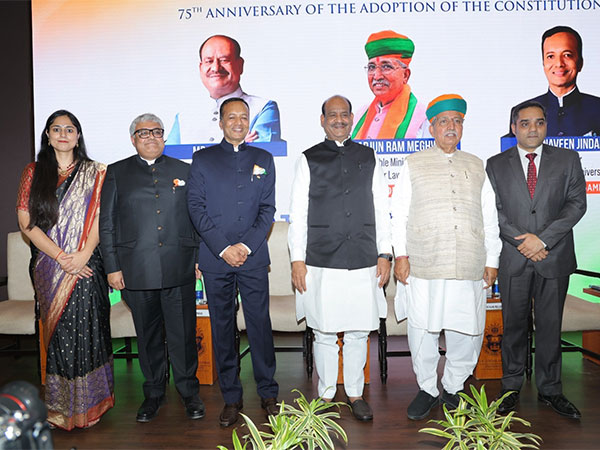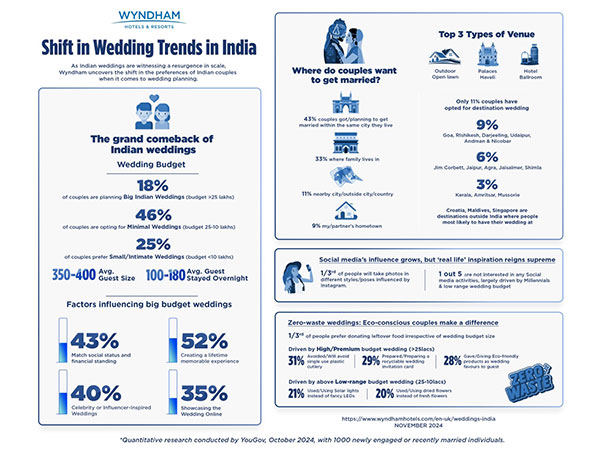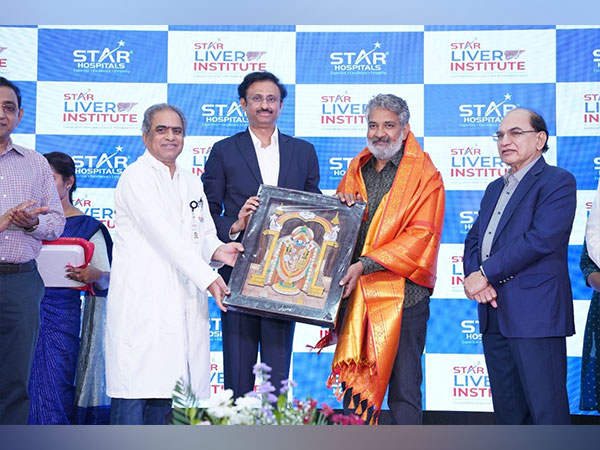
Gratuity Calculation: Understanding the Legal Framework
Oct 24, 2024
VMPL
New Delhi [India], October 24: Gratuity is a crucial component of employee benefits in India, serving as a financial safety net for workers who have dedicated years of service to their organisations. Understanding the legal framework surrounding gratuity calculation is essential for both employers and employees. This article will explore the intricacies of gratuity calculation, the factors influencing it, and the legal provisions governing it. Additionally, we will touch upon the relevance of a gratuity calculator and briefly discuss how an FD interest rate calculator can complement financial planning.
What is Gratuity?
Gratuity is a statutory benefit provided to employees under the Payment of Gratuity Act, 1972. It is a lump sum payment made to employees upon termination of their service, provided they have completed a minimum of five years of continuous service with the same employer. Gratuity serves as a reward for long service and aims to support employees post-employment.
Eligibility Criteria for Gratuity
To be eligible for gratuity, an employee must meet the following criteria:
1. Minimum Service Period: Employees must complete at least five years of continuous service with the same employer. However, this requirement is relaxed in cases of death or disablement, where gratuity is payable even if the employee has not completed five years.
2. Employment Type: The Payment of Gratuity Act applies to employees working in factories, mines, plantations, and establishments with a minimum of ten employees. However, many organisations provide gratuity benefits even to those who fall outside this legal requirement.
3. Termination Conditions: Gratuity is payable upon retirement, resignation, or termination due to any reason except dismissal for misconduct.
Legal Framework Governing Gratuity Calculation
The gratuity calculation is governed by the Payment of Gratuity Act, 1972, which provides a clear structure for determining the amount payable to employees. The key components involved in gratuity calculation are as follows:
1. Calculation Method: The gratuity amount is calculated based on the last drawn salary and the years of service.
2. Maximum Limit: The gratuity amount is subject to a maximum limit, which is revised periodically by the government. As of the latest revision, the maximum gratuity payable is Rs20 lakh. Employers are required to adhere to this limit when calculating gratuity for their employees.
3. Taxation: Gratuity received by an employee is tax-exempt up to a certain limit. Under the Income Tax Act, the tax exemption limit is based on the type of employer and the duration of service. For example, gratuity received from government jobs is fully exempt, while private-sector gratuity is exempt up to Rs20 lakh or 50% of the total gratuity amount, whichever is lower.
Importance of a Gratuity Calculator
In today's digital age, many online tools and applications can assist employees and employers in calculating gratuity. A gratuity calculator simplifies the process, allowing users to input relevant data such as their last drawn salary and years of service to quickly obtain an estimate of the gratuity amount.
Using a gratuity calculator can be particularly beneficial for employees nearing retirement or contemplating resignation, as it provides clarity on the financial benefits they can expect. Employers can also benefit from using a gratuity calculator to ensure compliance with legal requirements and budget for gratuity payouts effectively.
Additional Financial Planning Tools: FD Interest Rate Calculator
While gratuity serves as an important financial cushion post-employment, individuals can further enhance their financial security through investments. Fixed deposits (FDs) are a popular investment avenue in India, providing a stable return on investment over time. An FD interest rate calculator allows investors to estimate the returns they can expect from their fixed deposit investments based on the principal amount, interest rate, and tenure.
Using an FD interest rate calculator can help individuals make informed decisions about their savings and investment strategies, ensuring they are well-prepared for their financial future. By integrating the benefits of gratuity and fixed deposits, individuals can create a comprehensive financial plan that secures their post-retirement life.
The Gratuity Payment Process
Understanding the process of gratuity payment is essential for both employees and employers. Here's a step-by-step breakdown:
1. Notification: Upon retirement or resignation, the employee should notify their employer in writing about their intention to claim gratuity.
2. Application: The employee must fill out the gratuity claim form, providing necessary details such as their name, employee ID, last drawn salary, and the duration of service.
3. Verification: The employer will verify the application, checking the employee's service records and ensuring eligibility for gratuity payment.
4. Calculation: Once verified, the employer will calculate the gratuity amount using the gratuity calculator and prepare the payment.
5.Payment: The gratuity amount is then paid to the employee through a bank transfer or cheque.
6. Taxation: It is advisable for the employee to consult a tax advisor regarding the tax implications of the gratuity received.
Common Misconceptions About Gratuity
Despite the clear provisions of the Payment of Gratuity Act, several misconceptions exist regarding gratuity calculations:
1. Misunderstanding the Eligibility Criteria: Many employees believe they are not entitled to gratuity unless they have worked for the same employer for more than five years. It is essential to understand that gratuity is payable even in cases of death or disablement, regardless of the duration of service.
2. Assuming Gratuity is Optional: Some employers mistakenly consider gratuity as an optional benefit. However, the Payment of Gratuity Act makes it mandatory for applicable employers to provide gratuity.
3. Not Accounting for Tax Exemption Limits: Employees often overlook the tax exemption limits applicable to gratuity. Understanding these limits can help employees plan their finances better and minimise tax liability.
4. Believing Gratuity is the Only Retirement Benefit: While gratuity is a valuable benefit, it should not be the sole component of retirement planning. Employees should consider other savings and investment options, such as EPF, NPS, and FDs, for a well-rounded financial strategy.
Conclusion
Gratuity calculation is a vital aspect of employee benefits that requires a clear understanding of the legal framework established by the Payment of Gratuity Act, 1972. By knowing the eligibility criteria, calculation methods, and processes involved, both employees and employers can navigate the intricacies of gratuity with ease.
Utilising a gratuity calculator can simplify the calculation process, ensuring accurate estimations for future financial planning. Additionally, leveraging tools such as an FD interest rate calculator can help individuals diversify their savings and investments, creating a robust financial foundation for post-retirement life.
Ultimately, understanding gratuity and its calculation empowers employees to make informed decisions about their financial futures, ensuring they are prepared for life beyond their professional careers.
(ADVERTORIAL DISCLAIMER: The above press release has been provided by VMPL. ANI will not be responsible in any way for the content of the same)









